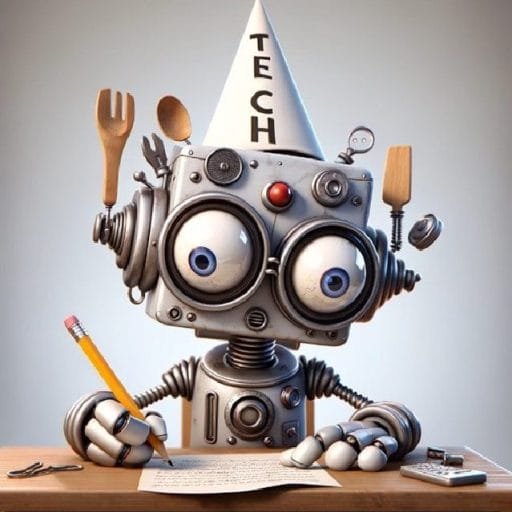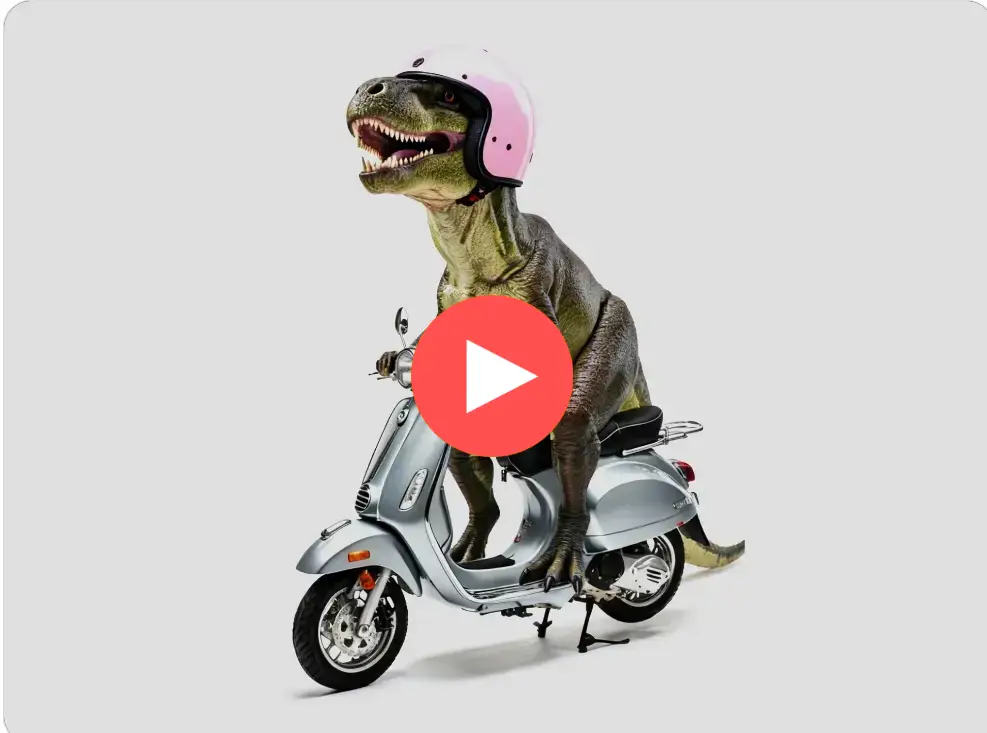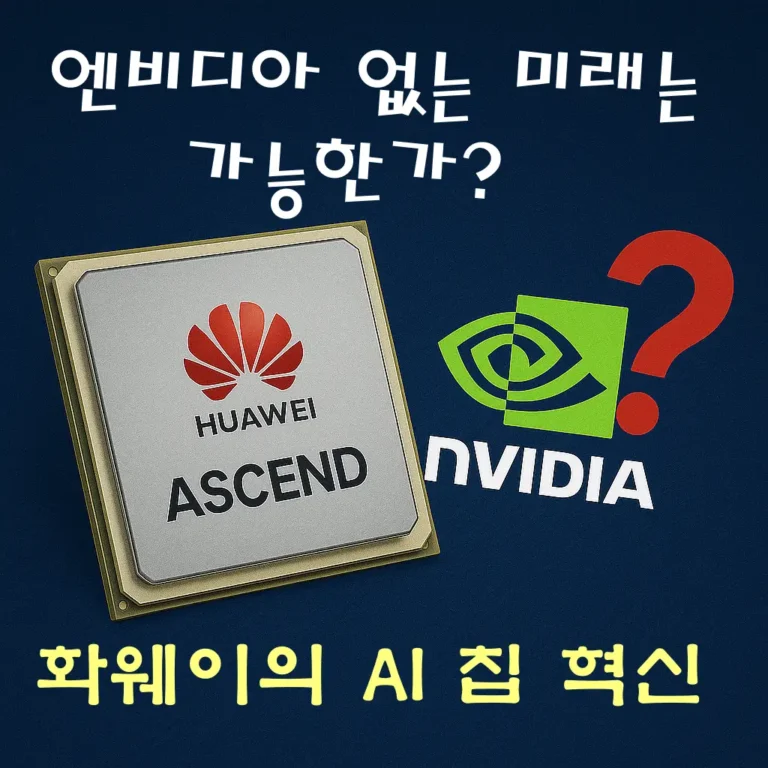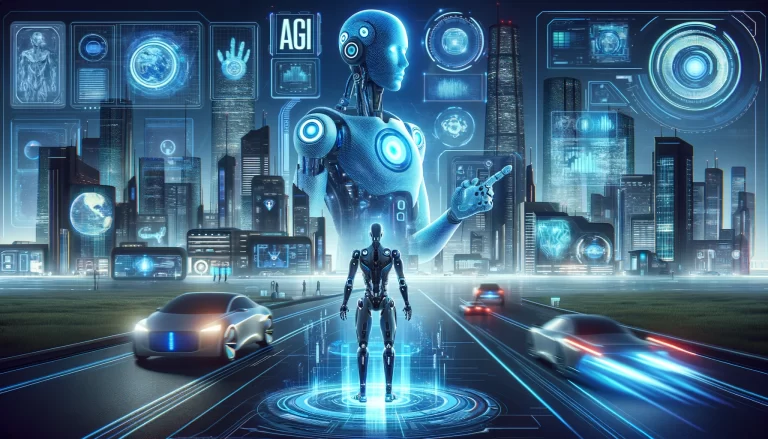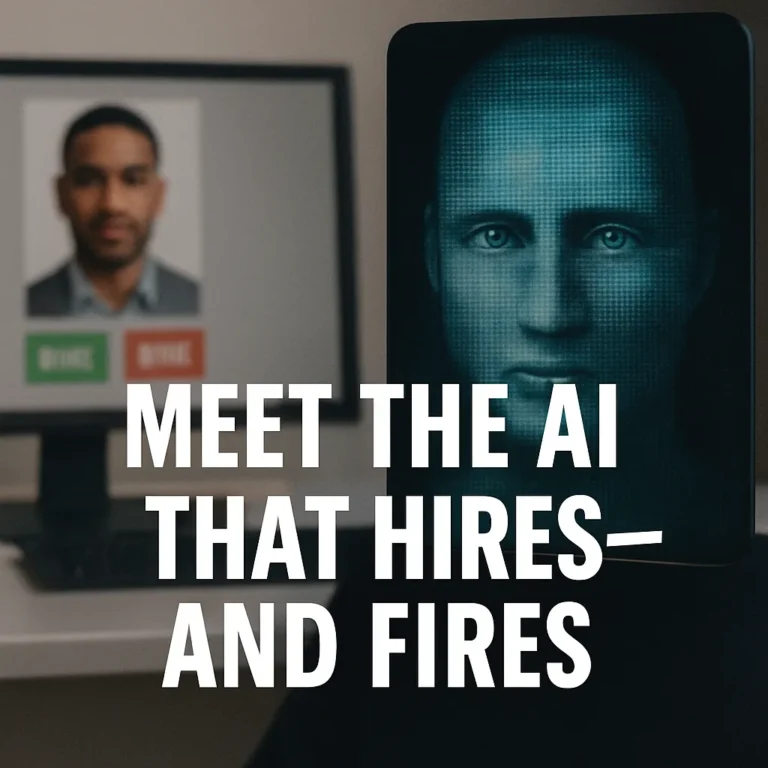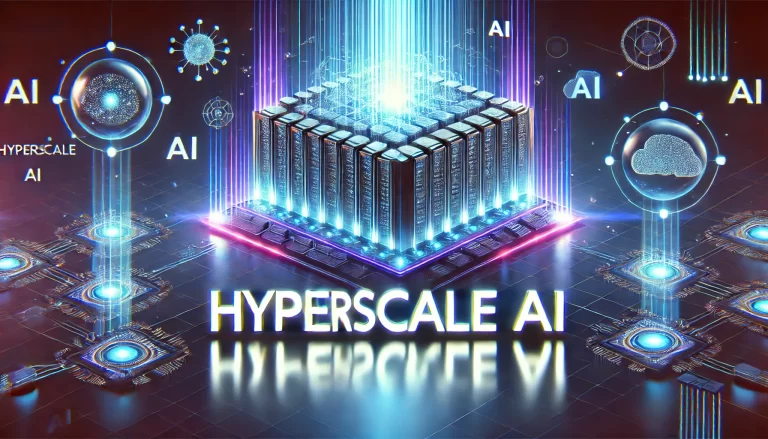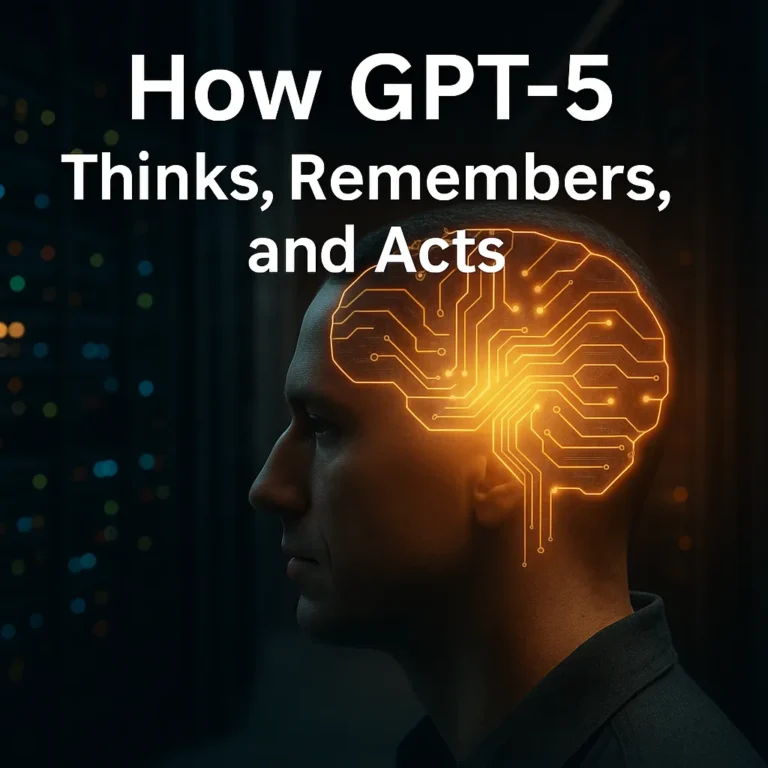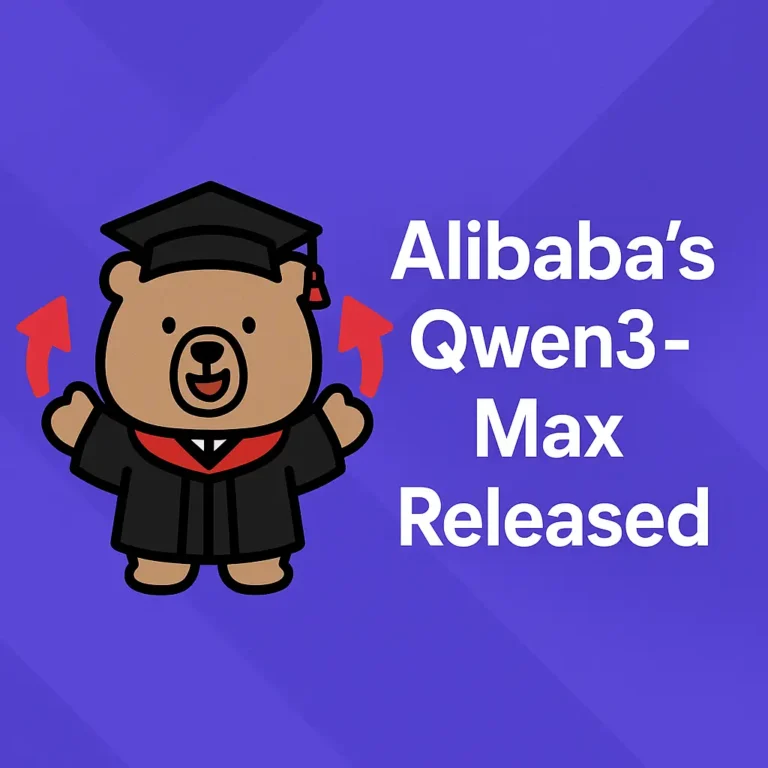Krea AI Seedream 4: The Chinese Image Model Challenging Google’s Nano Banana
Why Krea AI Seedream 4 Matters Right Now
Krea AI Seedream 4 is making waves as a fast, high-resolution image model from China. Built to rival Google’s Nano Banana, it’s reshaping how creators approach AI-powered visuals.
The AI image generation race isn’t slowing down. With players like OpenAI’s DALL·E, Midjourney, and Stable Diffusion dominating the space, it’s easy to assume the market is saturated. But the recent launch of Krea AI Seedream 4 proves otherwise.
This new Chinese image model has quickly gained traction for its lightning-fast output, precise prompt adherence, and highly detailed 4K visuals. Even more surprising? It’s already being compared favorably to Google’s Nano Banana — part of the Gemini 2.5 Flash Image family.
If you’re a digital artist, product designer, storyteller, or just someone trying to keep up with generative AI, Krea AI Seedream 4 isn’t just another model. It’s a signal. A signal that the next wave of innovation might not come from Silicon Valley — but from companies like ByteDance, the parent of TikTok.
In this post, we’ll break down what makes Krea AI Seedream 4 different, how it performs against Nano Banana, and why this model could be a serious disruptor in creative workflows worldwide.
1. What Is Krea AI Seedream 4?
Krea AI Seedream 4 is a next-gen text-to-image and prompt-based editing model developed by Krea AI — a team supported by ByteDance. It’s built to do more than generate pretty pictures. This model is engineered for speed, precision, and visual consistency, making it ideal for professional creative use.
A Rising Player from China
While Western platforms have dominated most public conversations around AI art tools, Krea AI represents a shift in momentum. As part of ByteDance’s AI ecosystem, Seedream 4 reflects China’s increasing investment in generative media and large-scale model deployment.
What Makes It Different?
Unlike many image models that focus on either generation or editing, Seedream 4 combines both in a unified system. That means you can:
- Create a photorealistic scene from scratch.
- Then refine it using natural language edits, like “make it sunset” or “add a leather jacket.”
- And even feed it multiple reference images to maintain visual consistency across a storyboard, comic, or product series.
It also handles 4K output resolution, runs in under 2 seconds for 2K images, and supports batch generation — a huge leap for workflows that need speed and style retention.
In short, Krea AI Seedream 4 isn’t just a tool for AI hobbyists. It’s a full-on visual production engine.
2. Core Features and Capabilities of Krea AI Seedream 4
Krea AI Seedream 4 is designed for high-performance image generation, but it doesn’t stop at just speed or resolution. The model brings together a powerful mix of usability and creative control that makes it stand out — especially for users who need consistency across multiple outputs.
4K Resolution at Speed
One of Seedream 4’s headline features is its ability to generate 4K images in under two seconds for standard prompts. This puts it ahead of most current models in terms of both speed and fidelity, making it suitable for professional use in fast-paced creative pipelines.
Prompt-Based Editing
Unlike typical models that require masking or image manipulation tools, Seedream 4 lets you modify visuals using natural language commands. For example, you can prompt “add fog,” “change background to a mountain scene,” or “make the lighting cinematic” — and the model updates accordingly without manual edits.
Reference Image Support
Seedream 4 accepts up to six reference images to guide style, character consistency, or visual tone. This is especially useful for storyboarding, character design, or maintaining a consistent brand look across visual content.
Batch Generation
Creators can produce multiple variations at once, all within the same visual style. This streamlines workflows for advertising, product design, comics, or moodboard creation.
In short, Seedream 4 isn’t just about generating one good image — it’s built for creators who need control, iteration, and speed.
3. How It Compares: Seedream 4 vs Google’s Nano Banana
The release of Krea AI Seedream 4 instantly sparked comparisons with Google’s Nano Banana (also known as Gemini 2.5 Flash Image). Both are modern, high-performance AI image generators — but they’re built with different priorities, and the differences become clear when you look at performance, control, and output quality side by side.
In early user tests and internal benchmarks, Krea AI Seedream 4 consistently demonstrates advantages in resolution, speed, and editing control. While Nano Banana benefits from tight integration into Google’s ecosystem, it often favors expressive, painterly results and faster prototyping rather than high-fidelity production visuals.
Here’s a direct comparison of their most relevant features:
Feature Comparison: Krea AI Seedream 4 vs Google’s Nano Banana
| Feature | Seedream 4 (Krea AI) | Nano Banana (Google / Gemini 2.5 Flash Image) |
|---|---|---|
| Speed | ~1.8s for 2K images | Fast, but slower in real-world use |
| Resolution | Up to 4K output | Typically limited to 1024×1024 or similar |
| Editing by Prompt | Yes. e.g. “add helmet”, “remove sunglasses” | Yes, but not as fine-grained |
| Reference Image Input | Up to 6 images for consistency | No multi-image input |
| Batch Generation | Yes— for storyboards, product sets, etc. | Limited |
| Prompt Adherence | High. benchmarked better than Nano Banana | Strong, but sometimes looser interpretations |
| Visual Quality | Photorealistic, cinematic, highly polished | Often cartoonish or simplified |
| Use Cases | Storyboarding, advertising, photorealism | Concept art, quick iterations |
| Cost | ~$30 / 1,000 images (reported) | Pricing not fully disclosed yet |
| Benchmark Performance | Beats Nano Banana in MagicBench tests | No public benchmarks available |
What stands out is Seedream 4’s ability to deliver high-resolution, photorealistic images fast, with the flexibility to make natural-language edits and retain visual consistency across batches. These capabilities make it far more suitable for professional creative workflows like filmmaking, product design, or marketing content creation.
Nano Banana, by comparison, remains strong for quick iterations, expressive styles, and concept art, but struggles with detail fidelity and large-format consistency — areas where Krea AI Seedream 4 is now clearly leading.
4. Use Cases for Krea AI Seedream 4
While many AI image tools are designed for casual exploration or social media content, Krea AI Seedream 4 is clearly optimized for professional workflows. Its speed, consistency, and flexibility open up a wide range of use cases across creative industries.
Storyboarding and Film Concepting
Directors, writers, and production designers can use Seedream 4 to generate scene-by-scene visuals for storyboards, even with recurring characters or settings. The ability to maintain style and structure across a batch of frames makes it ideal for previsualization.
Marketing Visuals and Product Design
For advertising agencies or startups, Seedream 4 offers a fast way to test different visual directions. Want five versions of a product ad with the same lighting and camera angle, but with different props or settings? This model handles it smoothly — all from a prompt.
Character Design and Worldbuilding
Writers and game designers can use Seedream to flesh out consistent character references, environments, and moodboards for fictional worlds. Its ability to accept multiple reference images means it can retain visual themes across an entire set of assets.
Ecommerce and Brand Assets
Online retailers can generate mockups, background swaps, and stylized product shots in seconds — useful for A/B testing ads or personalizing visual content by region, demographic, or seasonal theme.
Rapid Visual Iteration
Seedream’s low latency and high resolution make it ideal for idea generation and prototyping. Creative teams can explore variations fast, without waiting for renders or redoing post-processing.
In all these areas, the key advantage is speed without sacrificing quality — a rare combination in current-gen image models.
While charts and benchmarks highlight the differences between Krea AI Seedream 4 and Nano Banana, it’s just as important to see what those capabilities mean in practice. Below is a snapshot of the kinds of real-world applications where Seedream 4 is already proving useful.
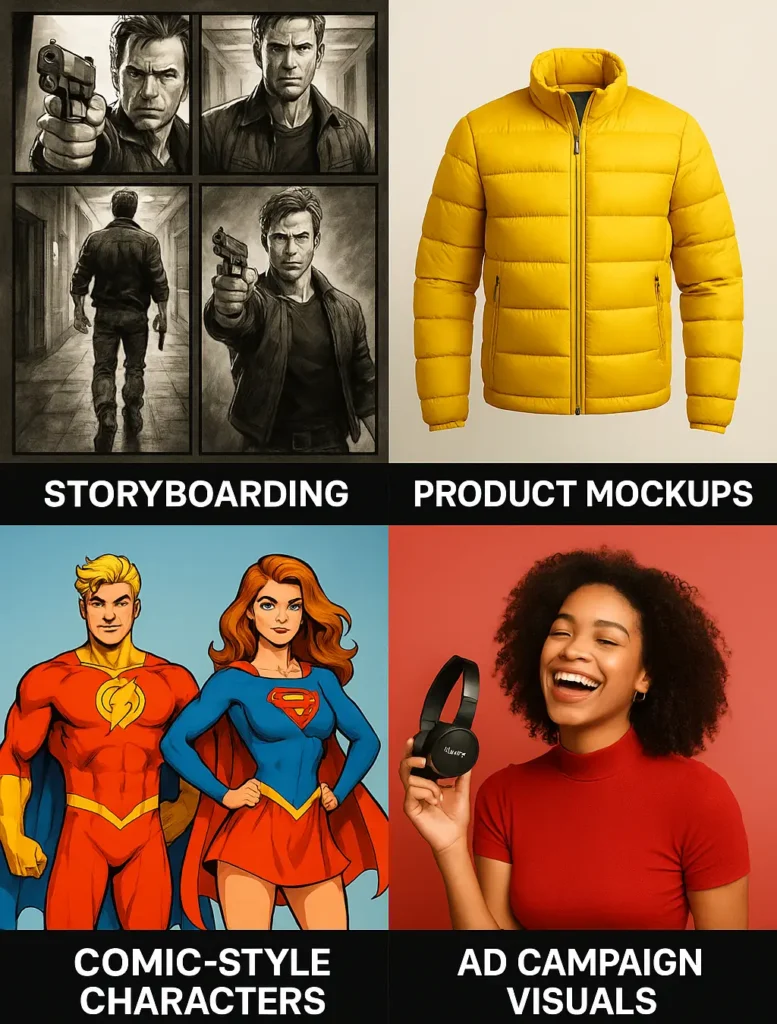
5. Real-World Results: Early Feedback and Demos
Seedream 4 hasn’t been out long, but its early adopters are already sharing demos, reactions, and comparisons — and the sentiment is overwhelmingly positive.
Viral Demos on X (Twitter)
Krea AI’s launch post featuring a dinosaur playing guitar in a photorealistic render immediately made rounds across tech and AI creator communities. The visual fidelity of the output — paired with real-time editing via text prompts — caught attention for how “production-ready” the images looked.
Creator Reactions
Early users on platforms like Reddit, Discord, and YouTube have praised Seedream 4 for its prompt responsiveness and ability to maintain consistency across complex prompts. One user described it as “the closest thing to an AI cinematographer.”
Some artists and marketers have already started using it for:
- Pitch decks and moodboards
- Client concept previews
- Social media assets that don’t look AI-generated
Output Quality
In side-by-side comparisons with Google’s Nano Banana, many noted that Seedream’s results look more photorealistic, with better object separation and depth of field control. Nano Banana still holds its own in expressive, painterly results — but when accuracy and polish matter, Seedream 4 is clearly competitive.
Not Without Flaws
That said, some users reported occasional rendering glitches in extremely detailed scenes, and editing commands still have the occasional hiccup. But overall, Seedream 4 is being recognized as a serious step forward, not just a new toy in the AI toolbox.
6. Why Krea AI Seedream 4 Signals a Shift in the Industry
The release of Krea AI Seedream 4 is more than just another model announcement — it’s a signal that the AI image generation landscape is becoming truly global. For years, most cutting-edge tools in this space came from Silicon Valley–based startups or research labs. Now, Chinese firms like ByteDance are stepping in with tools that don’t just catch up — they compete head-to-head.
The Globalization of Generative AI
Krea AI represents a growing wave of companies in Asia that are investing heavily in generative models with real commercial potential. Tools like Seedream 4, which match or surpass Western models in output quality, show that AI art is no longer dominated by just a handful of companies in the U.S. or Europe.
In particular, Seedream 4 challenges the idea that only companies like OpenAI, Google, or Anthropic can deliver production-ready visual models. Its fast rendering, clean user interface, and deep editing flexibility put it squarely in the professional use category.
Designed for Production, Not Just Play
Many AI image tools are geared toward novelty — fun to use, but hard to rely on for serious work. Seedream 4 breaks that pattern by supporting:
- Creative agencies building client visuals
- Filmmakers producing concept frames or storyboards
- Brands needing fast, custom product mockups
- Designers and illustrators who care about consistency
These workflows require more than cool images — they demand reliability, resolution, and repeatability. Krea AI Seedream 4 checks those boxes in a way few models currently do.
7. Final Thoughts: Should You Try Seedream 4?
If you work with visual content — whether you’re an artist, marketer, UX designer, or video creator — Seedream 4 is absolutely worth testing. It offers a unique balance of speed, control, and quality, and its features clearly target serious creative workflows rather than casual experimentation.
Who Will Get the Most Value?
- Creative professionals who need fast, high-quality iterations
- Storytellers and game devs building characters or worlds
- Small studios or freelancers who can’t wait hours for Midjourney batches
- Marketers who want A/B visuals or region-specific campaign images
A Few Limitations to Keep in Mind
- While it’s fast, the editing commands can occasionally misinterpret complex requests.
- The platform is still evolving — expect some features to change or require refinement.
- Licensing and commercial use terms should always be reviewed before using generated content in published client work.
Bottom Line
Krea AI Seedream 4 is a serious contender in the next wave of generative AI. It’s fast enough for live workflows, flexible enough for iterative design, and smart enough to compete with tech giants like Google.
If Nano Banana represents the best of Silicon Valley’s vision for image generation, then Seedream 4 is China’s clear answer — and it’s already making an impact.
Meta Keywords:
Krea AI Seedream 4, Chinese image model, AI image generator, Seedream 4 vs Nano Banana, Google Nano Banana, AI art tools 2025, photorealistic AI images, prompt-based image editing, Krea AI vs Midjourney, Seedream 4 benchmark, generative AI models, image generation model comparison, 4K AI image generator, reference image AI model, ByteDance AI tools, 중국 이미지 생성 모델, AI 이미지 생성기, Seedream 4 vs Nano Banana, 구글 나노 바나나, AI 아트 툴, 포토리얼 AI 이미지, 프롬프트 기반 이미지 편집, 크레아 AI 비교, Seedream 4 벤치마크, 생성형 AI 모델, 이미지 생성 모델 비교, 4K AI 이미지 생성기, 레퍼런스 이미지 지원 AI, 바이트댄스 AI
